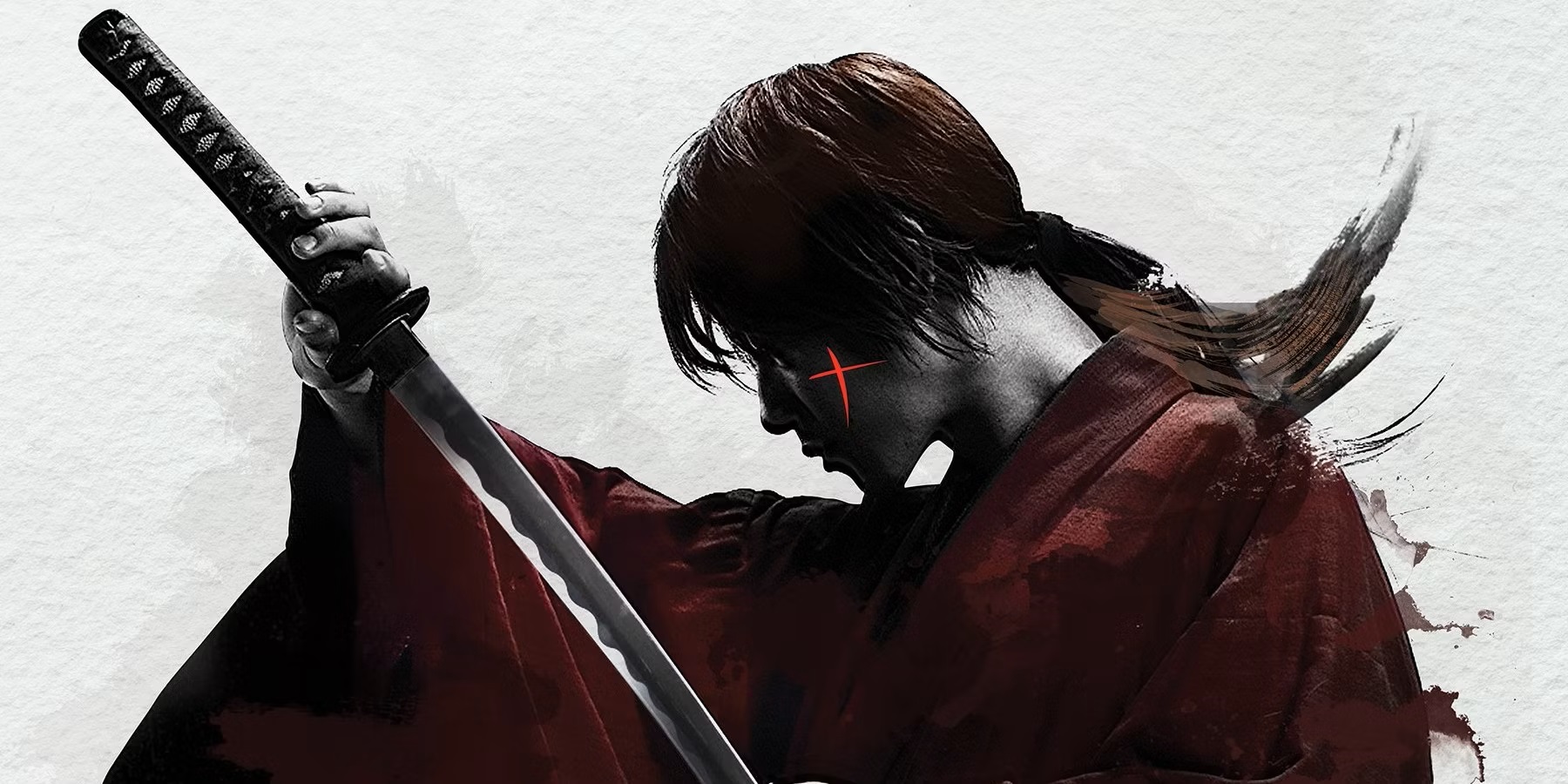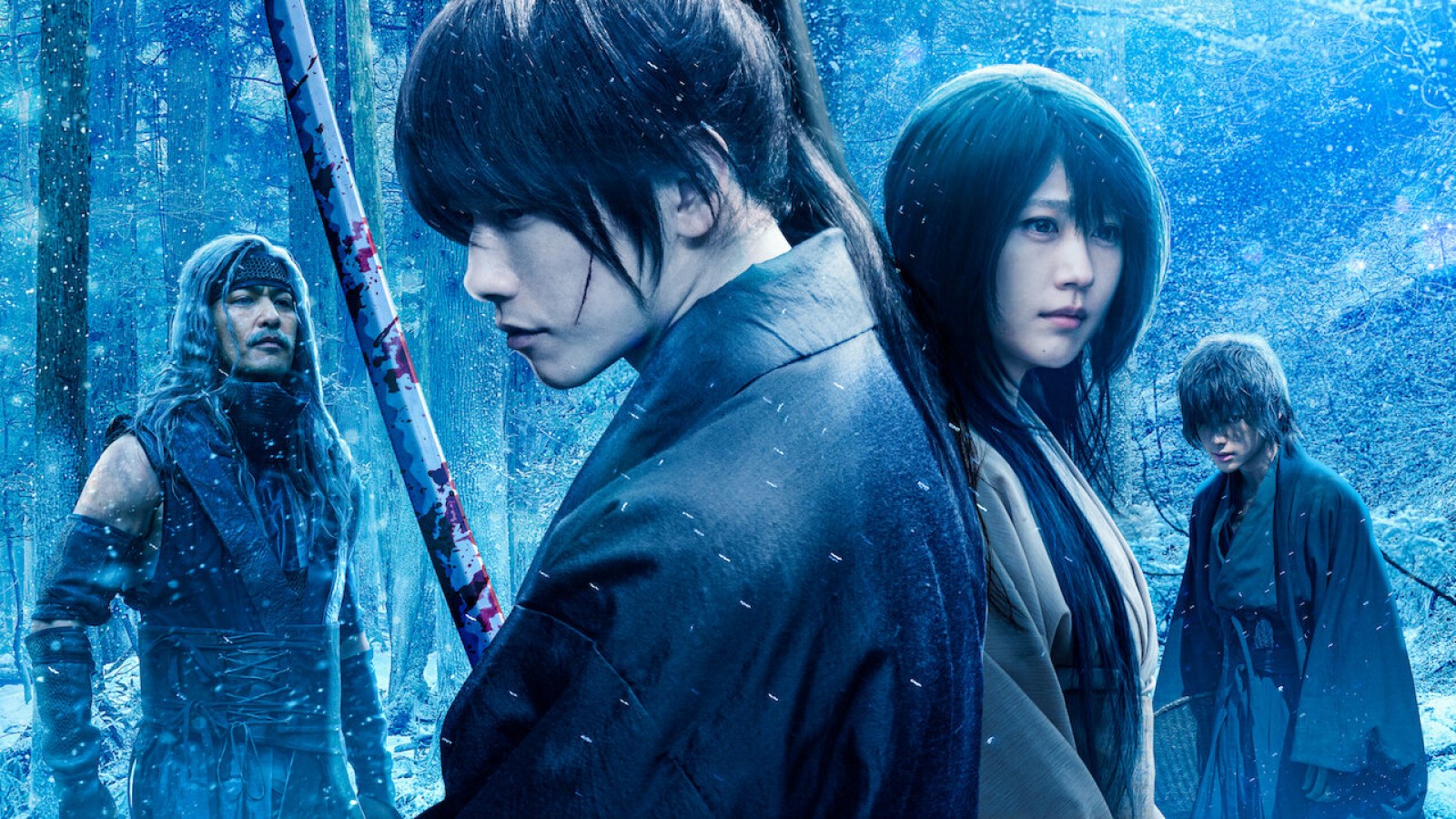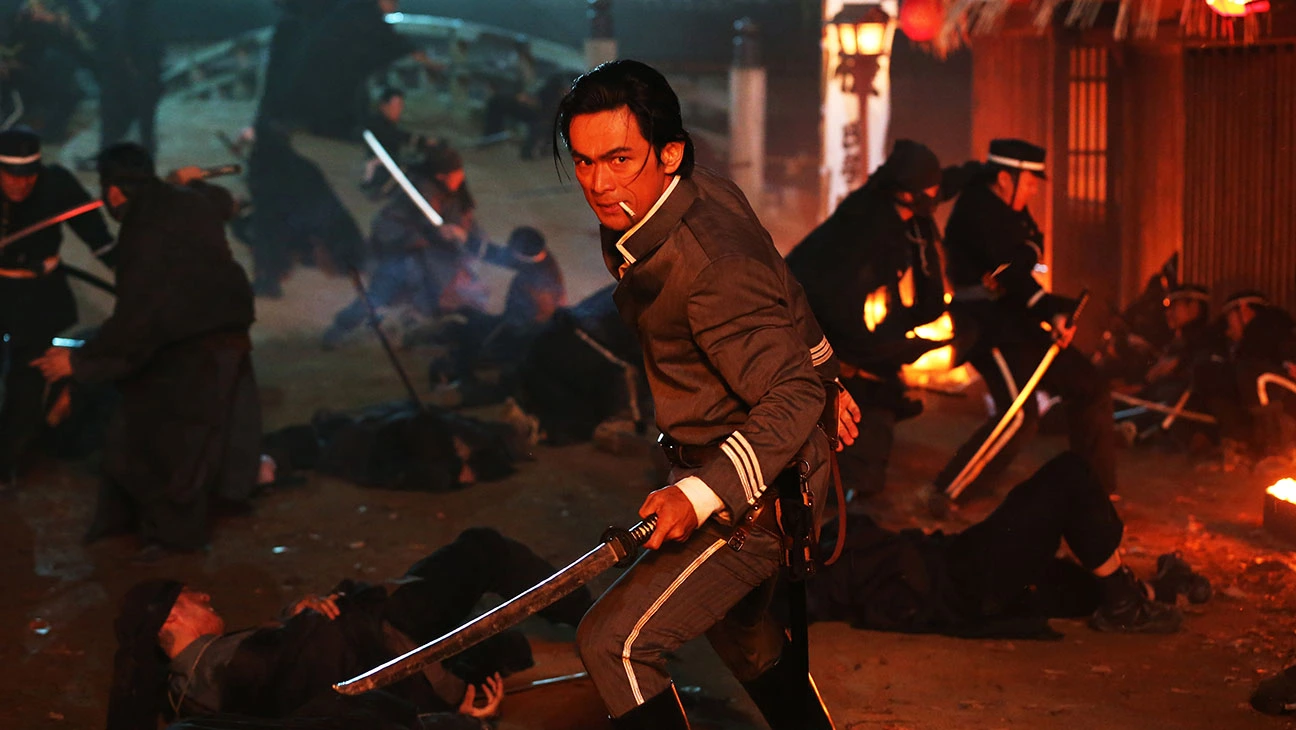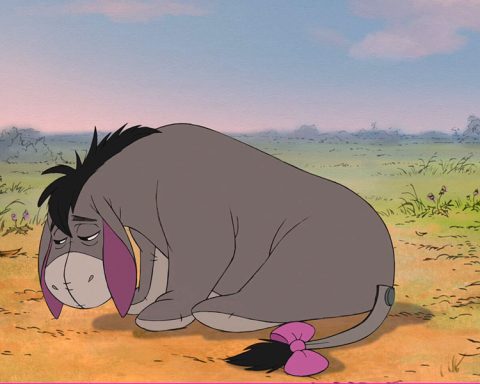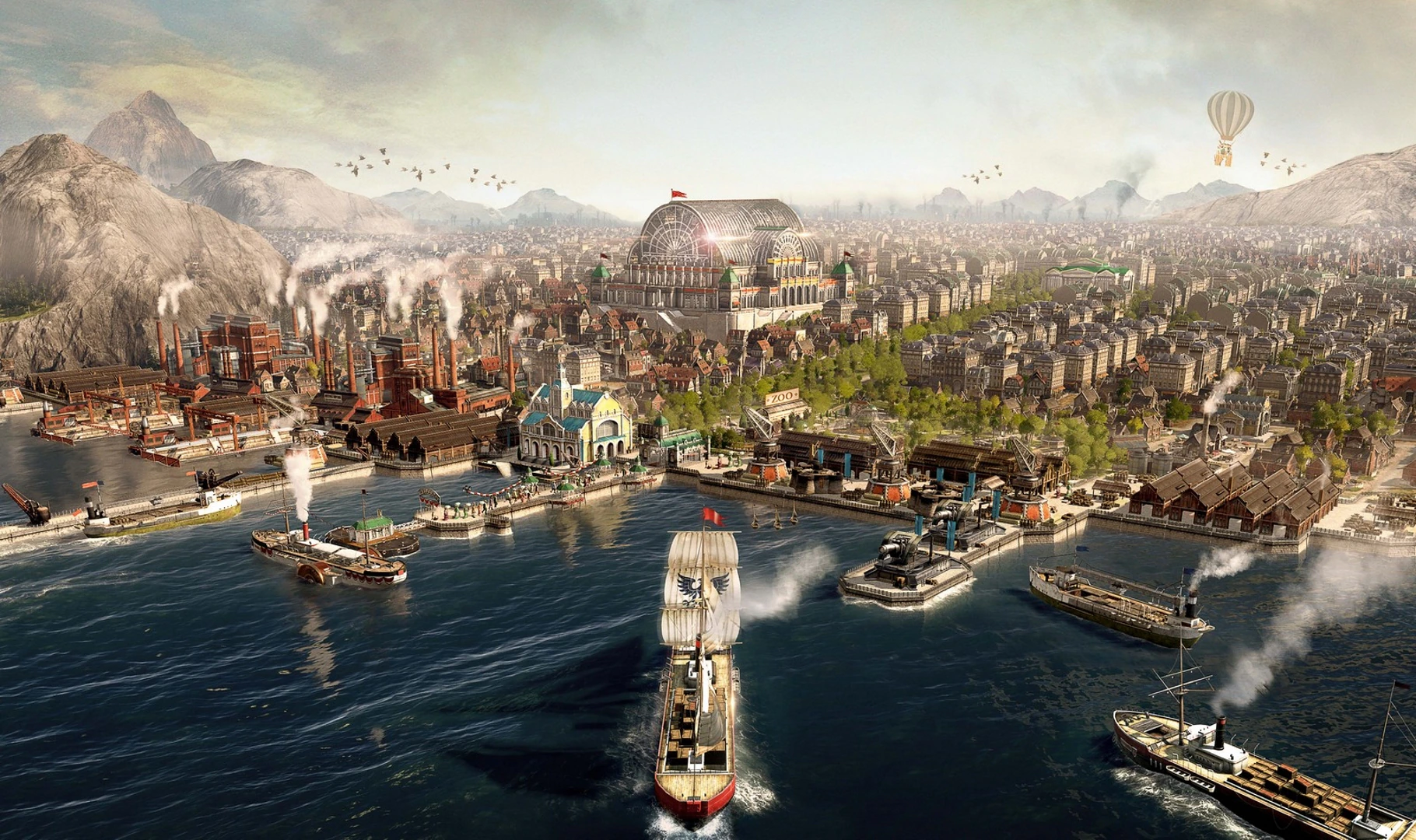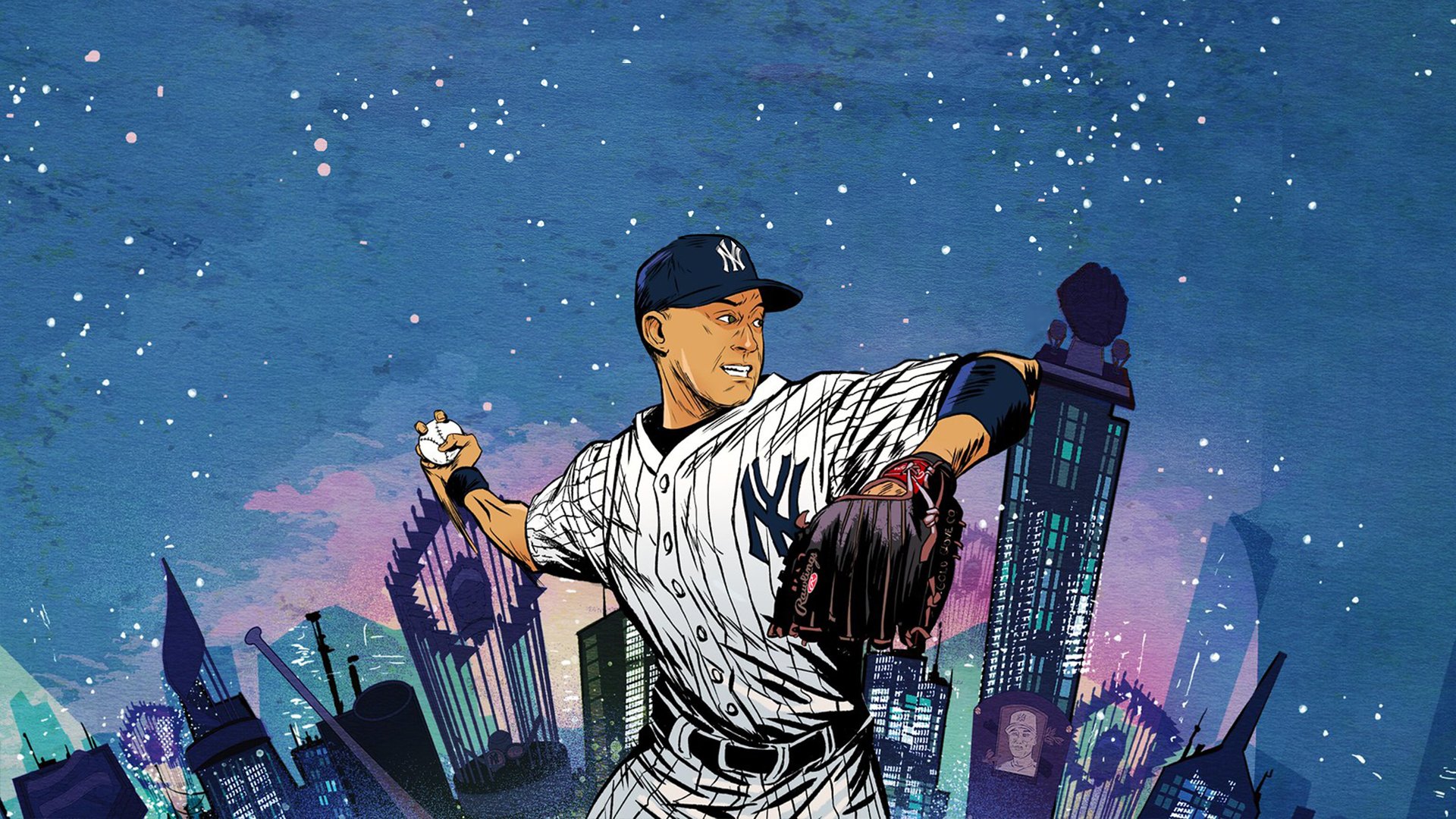The Rurouni Kenshin film series consists of five films in total (with the fifth, and final, released worldwide and exclusive to Netflix, in 2021). In the time since the first film, 2012’s simply-titled Rurouni Kenshin, the series has become one of the largest film properties of all time, with three of them listed in the top 50 highest-grossing Japanese live-action films ever.
This is an impressive series, and one that could have easily ended up very differently. They are films based on anime and manga, and yet the films themselves don’t feel like most anime adaptations. If you’re not already aware, there are a lot of live-action anime adaptations that are terrible for fans, let alone something a layperson could enjoy, and this was a point of real concern for Kenshin fans leading up to the first film.
However, the Kenshin films are far too naturalistic for “anime”, and are aesthetically and stylistically more akin to a historical fiction epic. They are also action-adventure films with plenty of wire-work, but avoid dipping into the over-elegant flamboyance of wuxia, and therefore maintain a more grounded tone making them films that, subtitles aside, can easily find a global audience. Finally, the performances are quite subtle and nuanced, which is unusual for both Japanese action films and anime adaptations, but certainly, something that will make the quieter moments more palatable to people less familiar with the typical stage-like delivery in Japanese films.
Indeed, given that all the Rurouni Kenshin films feature a group of heroes, each with their own distinct martial style and weaponry, arrayed against a rogue’s gallery, each with their own unique special combat abilities, it’s not an unfair comparison to make to say Rurouni Kenshin is an answer to the popularity of The Avengers, though it’s nowhere near so over-the-top with the glamming up of “super-powers.”
Explaining Rurouni Kenshin
Part of the appeal of Rurouni Kenshin is the historical period that it takes place within, as it was an incredibly dynamic, culturally challenging period for the Japanese, in which the entire nation went through a period of conflict and soul-searching that reverberates to this day. Films like those in this series are artefacts that continue to explore that search for national identity.
The series is set immediately after the civil war (Boshin War) that ended the shogunate rule in the late 19th century and ushered in the Meiji era. The first film kicks off with a rendition of the Battle of Toba-Fushimi, in which the lead protagonist, Battōsai, fights for a new order in Japan, but in doing so commits unspeakable numbers of assassinations on the shogun forces. At the conclusion of the war, he renounces violence, changes his name to Kenshin, and switches his assassin’s blade for a backblade: a sword that has a sharp end on the reverse edge of the blade, threatening the wielder, but not the people he fights. With this unusual weapon, he now protects the downtrodden and tries to atone for his crimes, refusing to kill in the process.
Kenshin’s past has a way of catching up with him, however, and he finds himself drawn into one conflict after another, against powerful individuals that he wronged as Battōsai. Those villains have a habit of also bringing his friends, allies, and the very city where he lives into danger. Many of those that he fights are incapable of accepting the new Japan, and their grudges against Kenshin are driven as much by their inability to adapt and move forward as anything else. They are in themselves symbolic of the Meiji-era’s cultural upheaval.
Beyond the poignant cultural and historical backdrop, this structure also delivers one of the most tortured protagonists and antagonists that you’ll see. Kenshin searches, desperately, for both peace and happiness, but can never find either. The rogue’s gallery is driven by much the same, and this film makes the lines between heroism and antagonism very loose and flexible indeed (in fact many of those that Kenshin fights end up having very good reasons to ally and even befriend him soon after). This weighs them all down and the frequent bursts of extreme violence in these films is a manifestation of everything above: it is symbolic of this historical angst that ran through much of Meiji-era Japan.
As characterisation, it is also this agony that makes them all feel the need to lash out, with the moments for reprieve fleeting indeed. And yet those rare moments that the film depicts fleeting happiness – where Kenshin shows a child-like delight for a pinwheel toy fan or a stick of dango, or we see his relationship with the beautiful Kaoru deepen, we can sense the peace that they, and by extension, all of Japan, should struggle for. It is a worthy, if seemingly impossible, ambition.
A new vision for samurai heroes
Extreme violence is nothing new for samurai stories – the great Akira Kurosawa himself loved a dash of hyper-violence in his films. The self- flagellation and morose tone of Kenshin, however, is far less common. As just about everyone knows, the samurai story has traditionally been one about honour and loyalty. Westerners still love indulging those stories, and so most western samurai stories, from The Last Samurai to 47 Ronin, and then, in video games, projects like Ghost of Tsushima, are obsessed with the idea of honour (or, in the case of Ghost of Tsushima, that it’s okay to toss that aside, selectively, when it suits to further the samurai’s cause). With older films, including Kurosawa’s, there’s a more open discussion about whether the presentation of samurai and a code of honour is as cut-and-dry as many in the west assume, but regardless of the truth there, the reason that we in the west ended up with that intense association between samurai and an extreme form of honour from cinematic tradition and not from historical accuracy. They weren’t really like that, in other words.
With Rurouni Kenshin we see something different. We see what might be a new direction for the samurai story. There’s little room for honour in either martial prowess or samurai codes, here. Battōsai becomes Kenshin precisely to distance himself from what he did as a samurai during the Boshin war, and while he tries to live a disciplined, good life, his hands are far too stained to call him “honourable.” The kendo school, where Kenshin lives and love interest Kaoru is the lead instructor, teaches codes of honour and respect, and everyone that trains there is innocent and naïve to an almost comic degree. Furthermore, every time Kaoru or one of the students finds themselves in an actual fight with one of the ex-samurai monsters, they’re overpowered instantly. So much for honour.
There are other examples peppered across the four films. Through them, we can see Rurouni Kenshin as a rejection of the traditional samurai story, and the entire samurai myth. There’s no room for honour in a world where people’s motivations are far more selfish, be it that they’re looking for revenge, to shape Japan to their own advantage and profit… or to simply enjoy dango and good kabuki theatre despite the crimes of their past. The box office performance and critical assessment of this series of films would suggest that this approach is resonating with audiences, too – perhaps there’s room for a revival of the samurai story, but on the condition that it now subverts tradition and expectation.
The perfect introduction to Japanese action films
At their heart, the Rurouni Kenshin films are big action films, and each of them features a combination of set-pieces, ranging from “1-vs-100” battles with goon squads, through to the man-to-man square-offs against the big bads. The action is slick and dance-like, with flowing sword strikes, plenty of wall-jumping, and some old-fashioned pugilism thrown in for variety and, occasionally, comic effect.
The special effects are big and memorable, too, and the attack on Kyoto – which represents the centrepiece of the second film – is an instant all-time favourite big-battle scene. These big battle scenes do focus on highlighting each of the characters having their moment of glory with their own specific combat style, and, again, you could draw comparisons here to the way the Avengers films do it. Yes, there are fewer characters, and the “special abilities” are fighting styles rather than superpowers. However, for what they lack in American bombast, the Rurouni Kenshin films more than makes up for by avoiding laboured and contrived efforts to put certain groups of characters together just to show off their different combat powers together (you all know the Avengers: Endgame scene, in particular, I’m referring to here). It feels odd to say this about an anything-but-subtle swordplay action film series, but it really is a more subtle project than the Marvel blockbusters, and it’s the better for it.
Across the four Rurouni Kenshin films, the action always feels fresh, and if you watch them back-to-back, there’s also a nice sense of escalation. It is best to watch the series in order, because they do flow on from the previous films, and there’s a lot of assumed knowledge regarding characters, their motivations and backstories by the time you get to the fourth and fifth films. You will find that once you start watching them, you should absolutely watch them all, because this series is a magnificent example of what the Japanese film industry – one that we still get far too little exposure to outside of Japan – is capable of.
Note: This feature originally appeared in the July 2021 edition of the Dee Dee Zine. As we are no longer publishing that magazine, we have republished that feature here for posterity.
